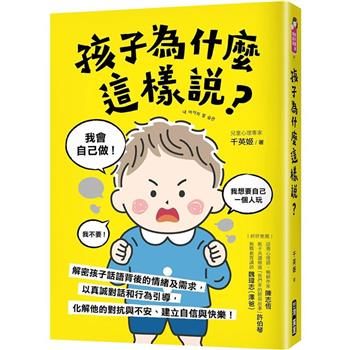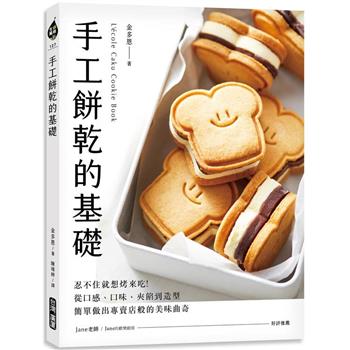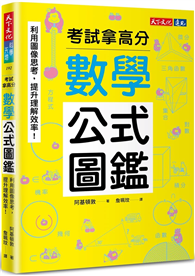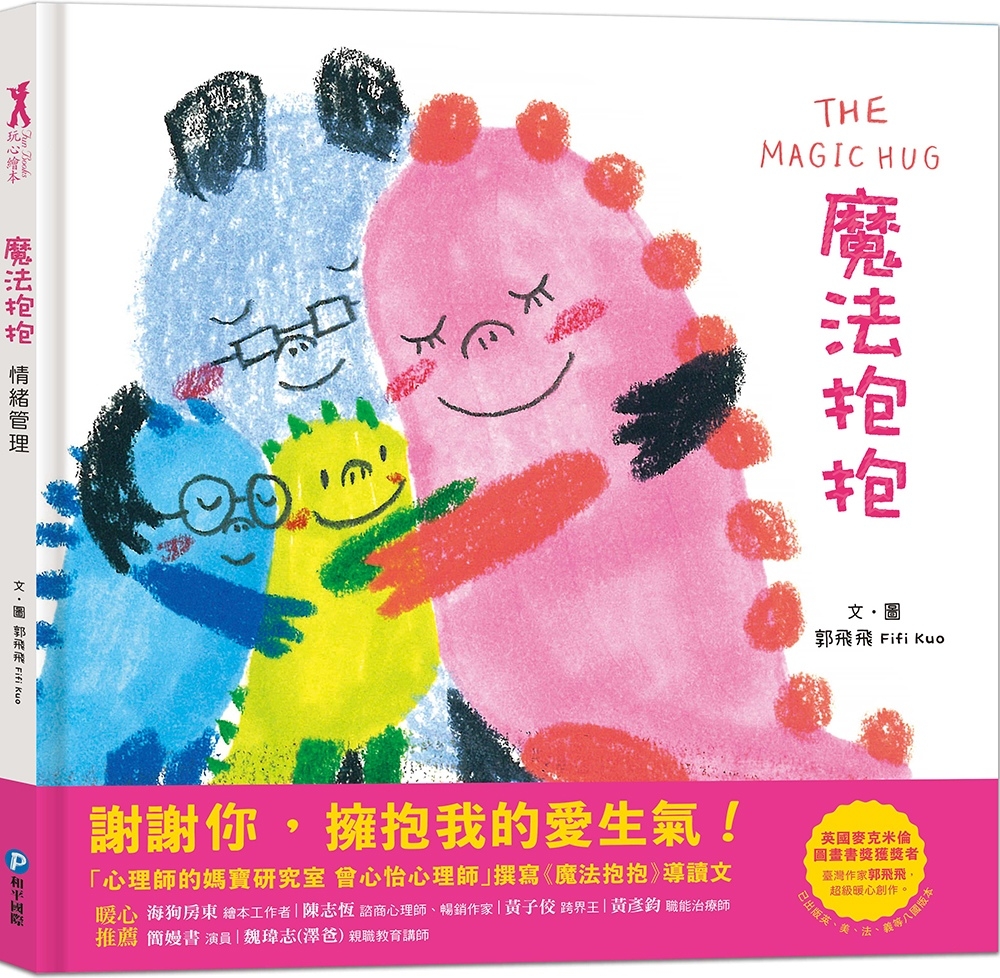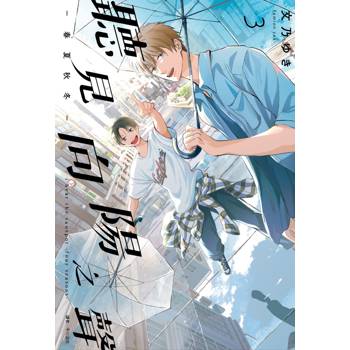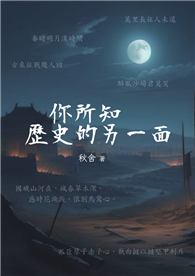Many teachers use stories in their teaching. That might be younger learners listening to stories or older children reading fiction or extracts for themselves. Working with stories and literature enables the teacher to expose learners to English in ways which are engaging, resonating and meaningful, and which stimulate the imagination and creativity. Stories can appeal to all age groups, and through work which is multimodal can support learning of all proficiencies. Teaching Young Language Learners Through Stories provides theoretical support alongside practical activities to explain why and how teachers can use stories. Each chapter explores how different genres of literature can contribute to second language development, alongside practical examples. These genres include picturebooks, graded readers, graphic novels fairytales, novels and short stories. Within each chapter, the theoretical approach is first explored in more depth. It considers the characteristics of young language learners, how they learn, and how stories can provide an alternative to working with a textbook while still addressing required syllabus content and learning objectives. Then, practical examples guide the reader in using these different genres in their own teaching practice. Whilst the book primarily offers guidance and relevant suggestions for students aged 6-13, each chapter also considers how the principles can be used with older learners and adults.
| FindBook |
有 1 項符合
Teaching Young Language Learners Through Stories: Using Stories and Children’s Fiction to Motivate Your Primary Learners and Improve Learning Outcomes的圖書 |
 |
Teaching Young Language Learners Through Stories: Using Stories and Children’s Fiction to Motivate Your Primary Learners and Improve Learning Outcomes 作者:Ahlquist 出版社:Pavilion Publishing and Media Ltd 出版日期:2024-12-12 語言:英文 規格:平裝 / 130頁 / 普通級/ 初版 |
| 圖書館借閱 |
| 國家圖書館 | 全國圖書書目資訊網 | 國立公共資訊圖書館 | 電子書服務平台 | MetaCat 跨館整合查詢 |
| 臺北市立圖書館 | 新北市立圖書館 | 基隆市公共圖書館 | 桃園市立圖書館 | 新竹縣公共圖書館 |
| 苗栗縣立圖書館 | 臺中市立圖書館 | 彰化縣公共圖書館 | 南投縣文化局 | 雲林縣公共圖書館 |
| 嘉義縣圖書館 | 臺南市立圖書館 | 高雄市立圖書館 | 屏東縣公共圖書館 | 宜蘭縣公共圖書館 |
| 花蓮縣文化局 | 臺東縣文化處 |
|
|
圖書介紹 - 資料來源:博客來 評分:
圖書名稱:Teaching Young Language Learners Through Stories: Using Stories and Children’s Fiction to Motivate Your Primary Learners and Improve Learning Outcomes
內容簡介
作者簡介
Sharon Ahlquist has been teaching English to students of all ages for over 35 years across Europe, with a particular interest in teaching children and teenagers. She also teaches on both pre-service and in-service courses for teachers of primary and secondary students. She has a Masters and Doctor of Education degree in teaching English as a second/foreign language and applied linguistics, and has worked as an examiner on both Cambridge English Exams (speaking) and IELTS (speaking and writing). Stories and literature are the focus of Sharon’s classroom-based researc.
|

